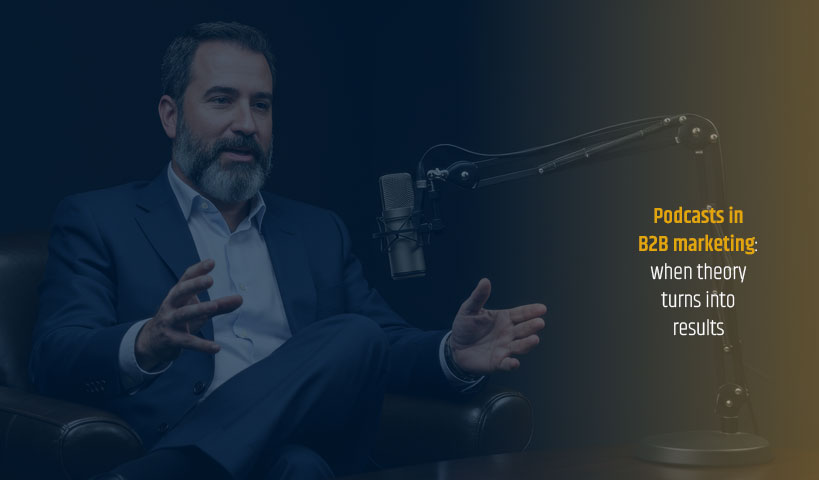
(Part 2 of 2) This is the follow up article from “6 Tips to Take your Web Site to the Next Level”
Testimonials

The testimonial must be legit, show the full name, person’s title or role and company identification. If possible throw in a web site address. This way potential leads might want to reach out to them to learn more about you, your team and your company.
Ideally, try to incorporate a testimonial that relates the the product or page the visitor is reading, which will add some needed credibility, especially in B2B where the sales cycle is longer.
Search feature

Your web pages should be populated with specific keywords that relates to your product or service, but also must contain descriptive content that a user might potentially search for.
The search result page will display every page that contains the keyword you’re looking for, whether it be a news page, product page, blog.
An advantage to using a search feature like the one built into WordPress is that you keep your web visitors longer on your site. If they don’t find what they are looking for, they WILL switch to one of the giant search engines and probably find what it is they are looking for at a competitor’s web site. So invest a little time and money to make your site searchable.
This is a long term project that improves over time, so constantly tweak your content by referring to your analytics meta data for the most often searched for words.
Home page as a launching pad

However, the Home page is where a potential customer will go to find out what you or your company is all about. A good rule of thumb is that you must get your message across between 7 and 10 seconds before the new visitor goes elsewhere to find what they are looking for.
3 key elements must be present to get your message across quickly and explain in words and visuals what you do:
- Choose a strong main visual to get the message through, it can be photographic or vectorial, as long as it is concise and obvious.
- Accompany the hero image with a clear, short descriptive main title, which is usually your H1 title that search engines use to tell your SEO story. So if you sell tires, don’t head into left field and write about something unrelated.
- A well structured navigation menu bar with first level links to your priority content, products or services.
These should happen “above the fold” or where the computer screen cuts off content forcing you to scroll to see more.
The rest of the Home page becomes a launching pad with different sections and “call to action” buttons to get visitors to this content quickly and ideally get them to connect with you by phone or by filling out a form.
In the end that’s why you have a web site, provoke customer engagement and collect precious leads.
Have fun with 404 and don’t forget 301
The “404 Page Not Found” page is useful when a search result or an old bookmarked link ends up on a page that no longer exists. This can happen because the url was slightly modified or the product or service no longer exists. The objective of the “404 Page Not Found” page is to reassure the visitor and quickly redirect their attention to other content on the site or to reach out to you to request information.

Programming “301 redirects” are absolutely necessary when you go through a web site overhaul, because most if not all or your links will change and you don’t want to kill all the bookmarks that web surfers have accumulated over time. When they visit an old link, the 301 will permanently send them to the new link you set up.
Ideally you want to avoid sending your visitors to a 404 page by redirecting old, dead links towards new, fresh content using 301. The advantage of a 404 page is that if you forget to redirect an old page they will be served alternative content to get them back on track.
Thanks for reading and happy surfing!





